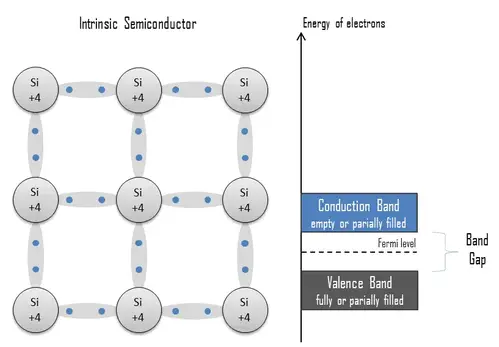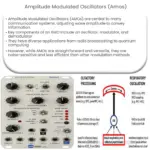What is FDM?
Frequency division multiplexing (FDM) is a method of transmitting multiple signals over a single communication channel. In FDM, each signal is assigned a unique frequency band within the overall frequency range of the channel. This allows multiple signals to coexist in the same channel without interfering with each other. FDM is commonly used in communication systems such as radio and television broadcasting, satellite communication, and broadband internet.
How does FDM work?
In FDM, the input signals are modulated onto carrier waves with different frequencies. These carrier waves are then combined using a multiplexer to create a single composite signal. At the receiving end, the composite signal is demultiplexed to separate the carrier waves and extract the original input signals. FDM requires precise frequency control to prevent overlap between the frequency bands and maintain signal quality.
Example of FDM applications.
One example of FDM application is in radio broadcasting. In FM radio, the bandwidth of the signal is divided into several frequency bands, each corresponding to a different radio station. The signals from each station are combined using FDM and transmitted over the same frequency range. Another example is in cable television, where multiple television channels are transmitted over the same coaxial cable using FDM. This allows users to access multiple channels using a single cable connection.
Advantages and disadvantages of FDM.
The main advantage of FDM is the ability to transmit multiple signals over a single channel, which reduces the need for additional communication channels and simplifies system design. Additionally, FDM is a robust method of communication that can tolerate noise and interference. However, FDM requires precise frequency control, which can be difficult to achieve in some applications. FDM also has a limited capacity for transmitting large amounts of data, making it unsuitable for high-speed communication.



